Best Seasons for Vinyl Siding Repairs
Timing plays a crucial role in the effectiveness and longevity of vinyl siding repairs. The optimal period for repairs depends on climate conditions, temperature ranges, and seasonal weather patterns. Generally, the best time to perform vinyl siding repairs is during mild weather months when temperatures are between 50 and 85 degrees Fahrenheit. This ensures materials can expand and contract naturally without becoming brittle or overly soft.
Spring and early fall are considered ideal seasons for siding repairs due to stable weather conditions, lower humidity, and minimal precipitation. Performing repairs during these times can prevent issues caused by extreme heat, cold, or moisture, which can compromise the integrity of the siding and repair materials.
Spring offers moderate temperatures and less humidity, making it suitable for vinyl siding repairs and installation. It allows materials to adhere properly and reduces the risk of weather-related delays.
While summer can be suitable if temperatures are not excessively high, extreme heat may cause siding materials to warp or become difficult to work with. Early morning or late evening repairs are preferable during hot months.
Early fall provides cool, stable weather ideal for repairs. It also allows siding to settle before winter, reducing the risk of damage from freezing temperatures.
Winter is generally not recommended due to cold temperatures, snow, and ice. These conditions can cause siding to become brittle and complicate repair processes.
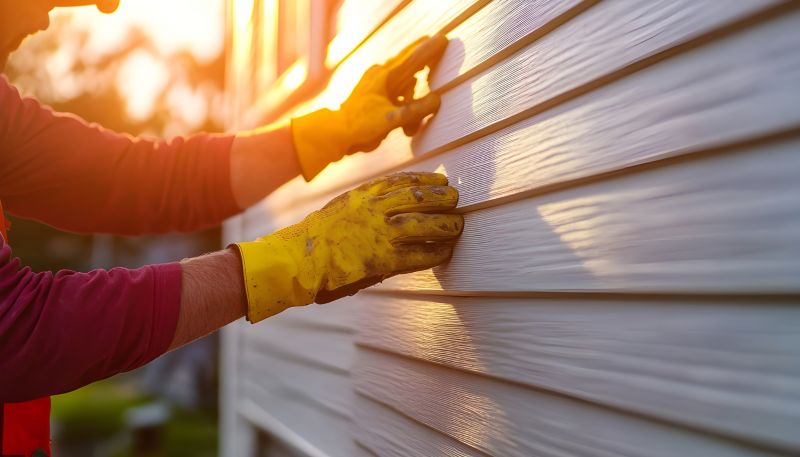
Spring weather provides optimal conditions for effective siding repairs.
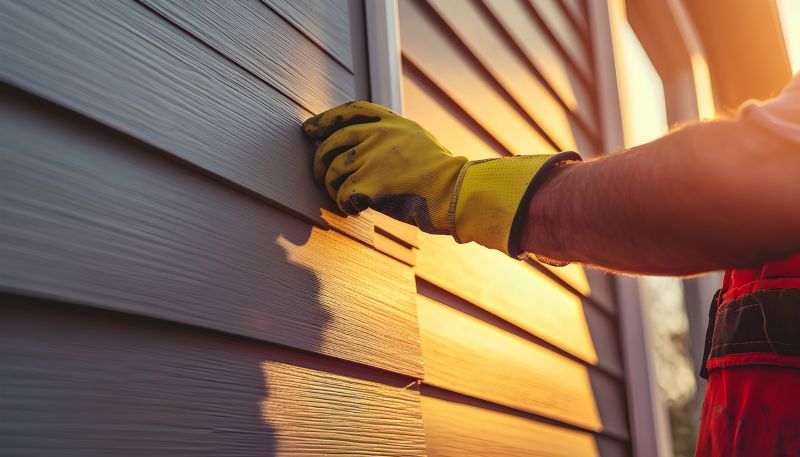
Early mornings or evenings are best during hot months to avoid warping.
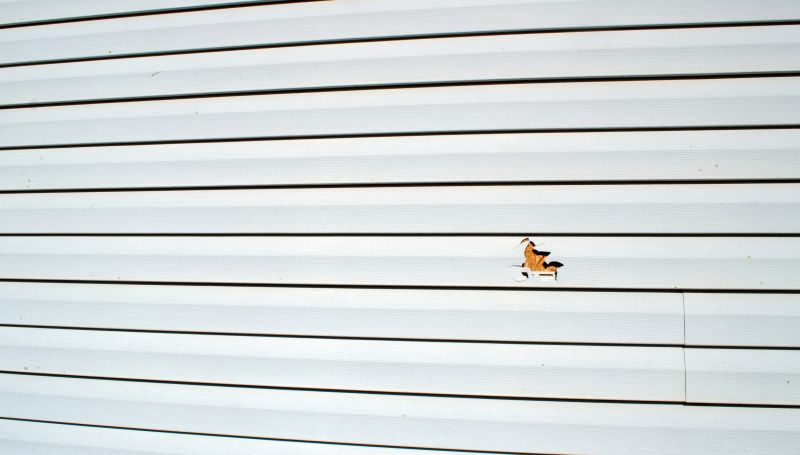
Cool fall weather helps siding settle and reduces winter damage risk.

Ways to make Vinyl Siding Repairs work in tight or awkward layouts.

Popular materials for Vinyl Siding Repairs and why they hold up over time.

Simple add-ons that improve Vinyl Siding Repairs without blowing the budget.
Vinyl siding repairs are essential for maintaining the appearance and structural integrity of a building's exterior. Proper timing ensures that repairs are durable and effective, minimizing the need for future fixes. Weather conditions significantly influence the success of siding work, as extreme temperatures and moisture can hinder adhesion, cause warping, or lead to further damage.

Detailed view of siding patching and sealing process.
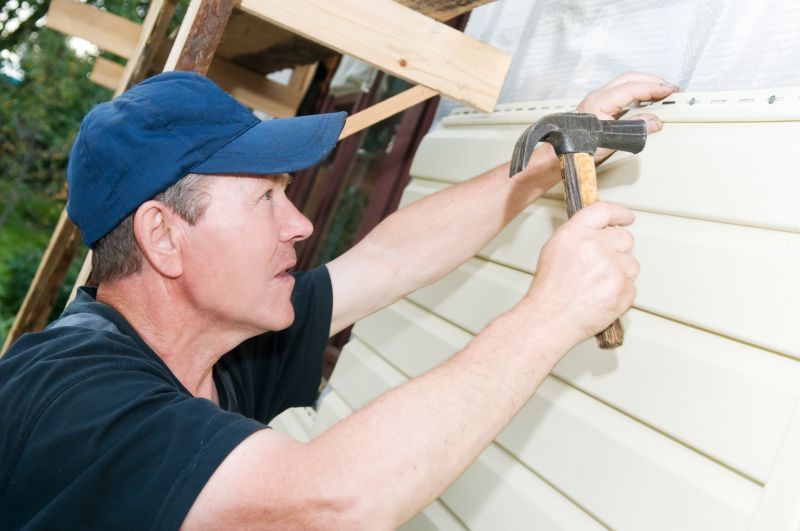
Replacing damaged panels during optimal weather conditions.
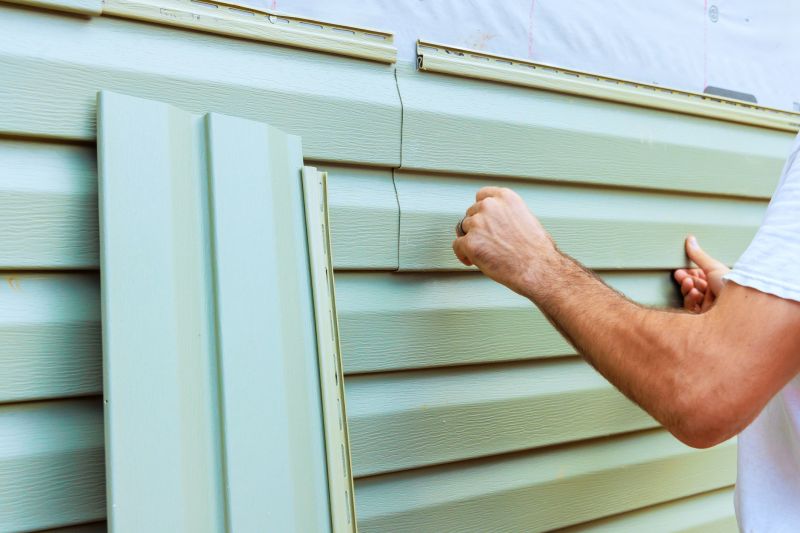
Specialized tools used for precise siding fixes.
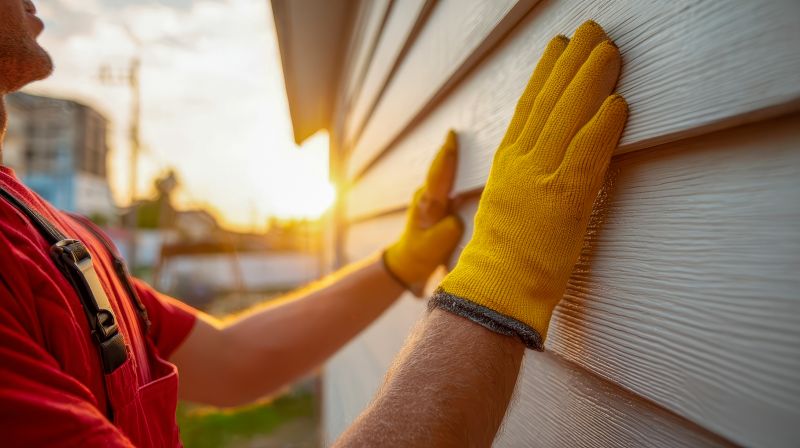
Finished repair with seamless integration.
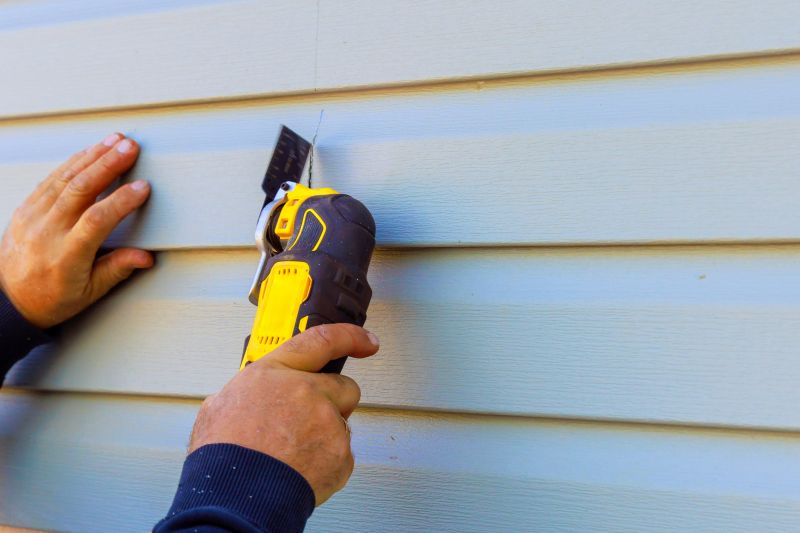
High-end options that actually feel worth it for Vinyl Siding Repairs.
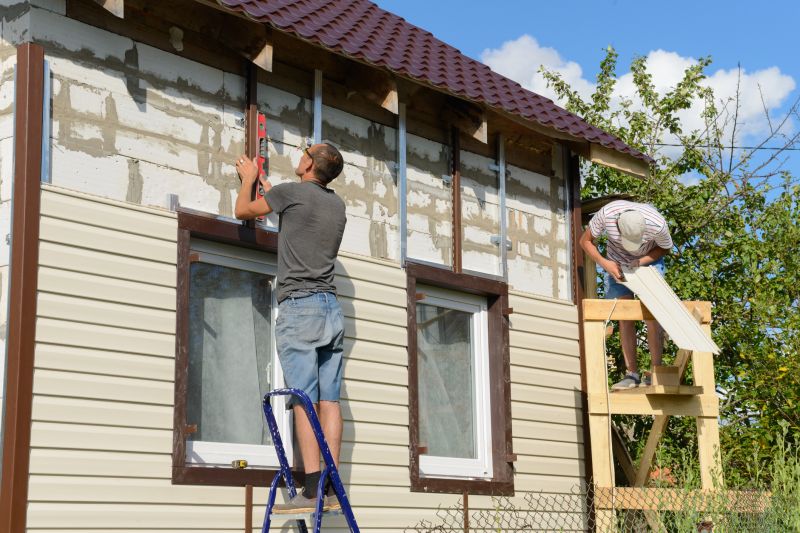
Finishes and colors that play nicely with Vinyl Siding Repairs.
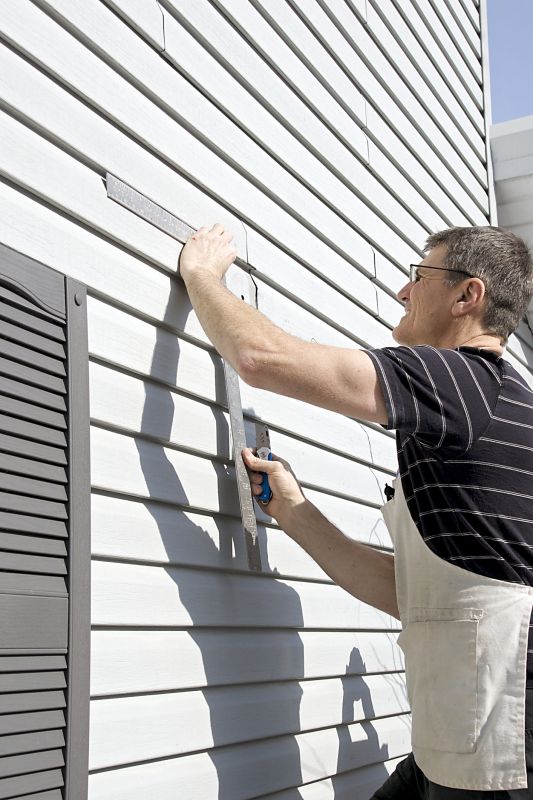
Little measurements that prevent headaches on Vinyl Siding Repairs day.
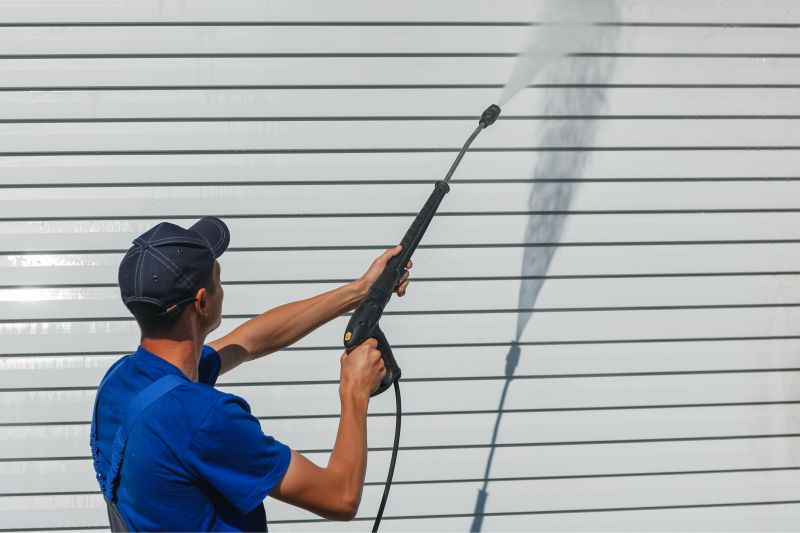
A 60-second routine that keeps Vinyl Siding Repairs looking new.
| Season | Best for Vinyl Siding Repairs |
|---|---|
| Spring | Ideal due to moderate temperatures and low humidity. |
| Summer | Possible with early morning or late evening work, avoid peak heat. |
| Fall | Excellent for repairs before winter, stable weather. |
| Winter | Not recommended due to cold weather and snow. |
| Late Fall | Acceptable if weather remains dry and temperatures are above freezing. |
| Early Summer | Suitable if temperatures are moderate and humidity is low. |
Interested in scheduling vinyl siding repairs? Filling out the contact form provides an opportunity to discuss specific needs, schedule repairs during optimal weather periods, and ensure long-lasting results.



